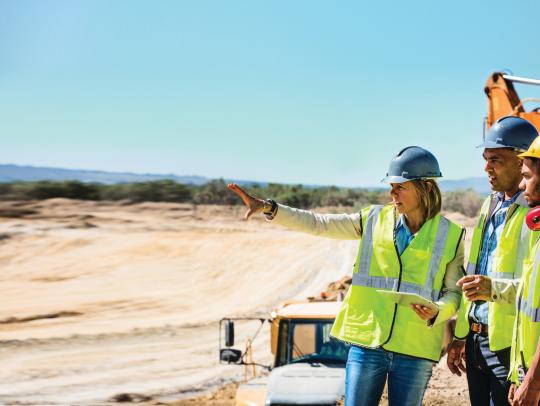The satellite TV we enjoy so much and the satcoms networks that more and more organisations have come to rely on, all exist thanks to the imagination and ingenuity of technology pioneers, people who decades ago had a clear vision of how oceans and continents could be bridged from space, connecting people, and entertaining and informing millions.
Innovation in the satellite space has been relentless. Spin-stabilised satellites led to three-axis stabilisation; smaller satellites led to bigger ones to take advantage of economies of scale.
Today technologists strive to develop satellites that are smaller, more economical and versatile.
SES has always been at the forefront of innovation, so spearheading a brand new initiative to develop the satellites of tomorrow is no surprise.
SES has signed a private public partnership with the European Space Agency (ESA) and the German Aerospace Center (DLR) on a new project called Electra, a unique partnership whose goal is to develop a smaller satellite which uses all-electric propulsion.
Compared to traditional heavier propulsion systems that rely on reactions of ions made of Hydrogen, Nitrogen and Xenon, electric propulsion allows satellites to carry bigger payloads for the same cost. More transponders translates into higher revenues for the satellite’s owner and its clients. By the same token, electric propulsion reduces the cost of launching a given payload and keeping it in orbit.
The result is more new services made possible for end-users, including consumers, governments and businesses.
Public and private teamwork
With the kick-off of the first phase in January, this new project is not just about technology innovation. The partners in Electra are a mix of publicly-funded organisations as well as commercial entities.
This is a new experience for all parties, but all are excited by the prospect of bringing such diverse expertise together.
What SES brings to the party, as project leader, is that it knows what satellite operators and broadcasters need - SES has more experience than anyone in shopping for state-of-the-art satellites.
Also, SES’ vast expertise in running profitable businesses will certainly complement the expertise of ESA, with the latter organisation’s rich history of research and development, traditionally less fettered by commercial factors.
The satellites will be made by OHB, a manufacturer based in Bremen. OHB is more used to helping ESA with scientific missions, and has little experience in commercial ventures. So Electra is a major growth opportunity.
On the public side, the government of Luxembourg is also supporting the Electra project both directly with SES and through its participation and leadership in ESA.
A boost for Europe
Electra is set to increase the competitiveness of European players in global satellite manufacturing, creating new employment and promoting business, despite the tough economic climate that surrounds us.
Jean-Jacques Dordain, ESA's Director General, neatly summarises: "Electra represents three partnerships in one: between SES and OHB, to develop the best solution for SES and the future needs of other satellite operators; between SES and ESA, to offer the best possible validation in orbit of a new technology; and between ESA and DLR to capitalise on previous investments.
“These three partnerships [combine to be] the best way to optimise the use of public and private funds for enhancing the competitiveness of the European sector."
Public plus private expertise, enabling new and efficient services – a truly electrifying proposition.
